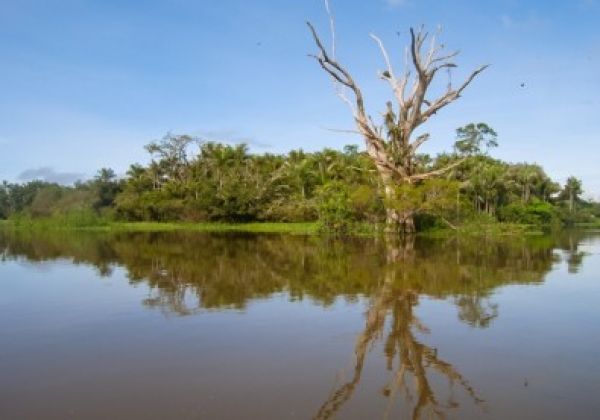Throughout the alluvial plains of Amazonia, there are immense forests that are flooded for almost half the year. These Amazonian wetlands encompass a wide array of types of vegetation in or near stream gullies, including blackwater (igapó) and whitewater (várzea) inundation forest, swamp (pântano), white sand savanna (campina), and mangrove (mangue) types.
According to a new study, the region’s wetlands are inhabited by 3,615 tree species—three times more than previously estimated, making these the world’s most diverse wetland forests in terms of tree species richness.
The study was supported by FAPESP and performed under the aegis of FAPESP’s Research Program on Biodiversity Characterization, Conservation, Restoration and Sustainable Use (BIOTA-FAPESP). The results published in the journal PLOS ONE include the most comprehensive list of wetland tree species produced to date. The authors compiled data available from tree inventories and botanical collections covering the nine countries spanned by the Amazon Basin.
Continue reading at Agência FAPESP
Image via Thiago Sanna Freire Silva, Agência FAPESP


